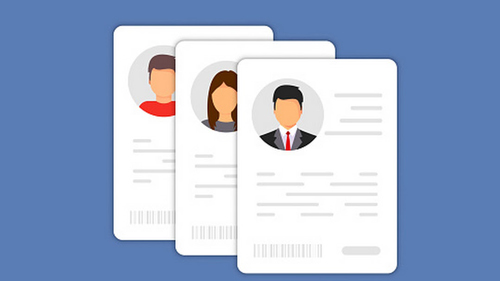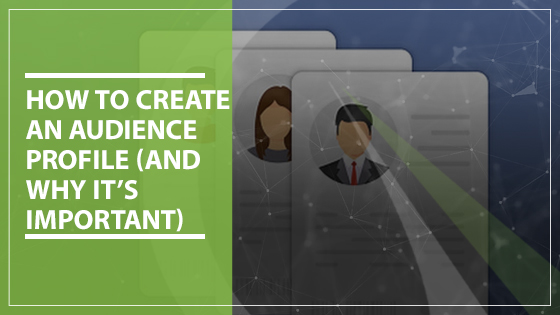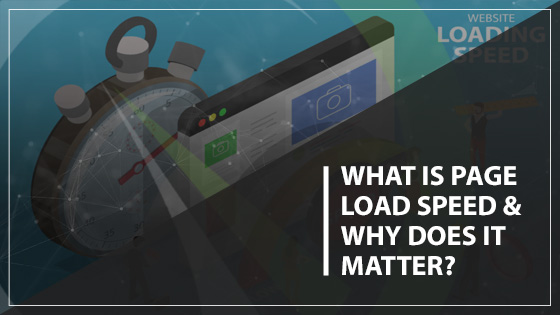When you are creating your website or posts for your social media channels, who are you creating them for? It’s easy to answer “our target audience” and move on, but how do you know who is in your target audience? If you don’t know exactly who you are hoping to reach, there’s a good chance that you won’t reach them at all. Taking time to create an audience profile can ensure that you are putting your time and money in the right place. Here’s what you need to know to create an audience profile for your business.
Audience Profile 101
An audience profile is a way to capture who your target audience is through a fictional character or persona. Who is the character? Are they young or old? Do they live in the city or the suburbs? When you create an audience profile, you are deciding the heart of your marketing campaigns, branding and advertising.
What Information Does an Audience Profile Include?
An audience profile is very comprehensive, and it’s designed to include everything you might need to know about a client. Some of the information that will be included in an audience profile includes:
- Demographic Information: Education, occupation, income level, geographical location, age
- Psychographic Information: Interests, hobbies, attitudes, lifestyle, beliefs, personality

- Goals, Challenges and Pain Points: The things that your target audience is interested in achieving, the biggest obstacles that they face in their daily lives or related to your industry, the challenges that might prevent them from reaching their goals
- Online Activity: Where your target audience spends time, what social media platforms they have profiles on and use, what search engines they utilize
- Content: The type of content that your target audience is most likely to read, like blogs, case studies, social media posts, graphics, e-books, etc.
- Purchasing Behavior: How long it takes your audience to make a purchase, whether they comparison shop, what type of information they need before making a purchase
All of these factors should be considered when you create an audience profile. It will take time to determine your target market, but it will take more time to determine your target market after spending a great deal of money targeting the wrong people.
How to Create an Audience Profile
- Establish clear goals for your marketing campaign. Do you want to target current customers of your brand or expand into a new market? Are you encouraging them to make a purchase or attend an event that you are putting on? You can create an audience profile for every marketing campaign that you conduct if you are advertising to multiple audiences.
- Use analytics to inform you on who your target audience is. Who is already visiting your website based on Google Analytics? Where are your primary traffic sources on your website? Use data and analytics from other apps as necessary to fill in any gaps and create a comprehensive and cohesive profile. If you will be creating your campaign on Facebook, you can use the lookalike audience feature to simplify things and market directly to your existing customers.
- When it’s time to determine the pain points and challenges facing your target audience, you can start by reading through existing reviews and thinking critically about the demographic you are trying to reach. What questions are they searching for online when trying to determine whether or not to make a purchase? When thinking about pain points, you should also consider other demographic factors. For example, if your target audience has a lower income bracket but you are marketing a mid-cost product to them, you should consider that when determining the right marketing campaign.
- As you create an audience profile, you can also use Google Trends and leading influencers and microinfluencers in your industry to find out about psychographic trends. What products are people in your target audience using? What do they post on Instagram? Do they use Tiktok to find new things or Facebook to find new products? Trends are a great indicator of where things are headed and how your company can tailor your advertising when you create an audience profile.
- Generate a graphic or document with all of the information needed to create an easy-to-reference audience profile. Many companies go as far as naming their audience profile and drawing a picture. When you create a thorough profile like this, it can make it easy to visualize who you are marketing to.
- If you are a B2B business, you can still create an audience profile! Instead of thinking of who you are advertising to as a traditional consumer, you can think of who the decision makers are at the businesses you are marketing to and what their pain points might be.
What Next?
After you take the time to create an audience profile, it’s time to create your advertising campaign. Gauge Digital Media knows how to create effective targeted ad campaigns that can help you reach your target audience and persona. We know what works when targeting different demographics, whether you want to advertise on Google or advertise on Instagram. If you need help in creating your profile, we are also here to help you with whatever you need. From gathering data from your Google Analytics to creating infographics that you use in your advertising campaigns, our team can support you with anything you need as you create an audience profile and start to utilize it.
We Are Here to Help Grow Your Business Online
Working with a professional digital marketing company is the best way to make the most of your website and all that Facebook Pixel, LinkedIn ads, Google Analytics and other digital advertising platforms have to offer. To learn more about the best digital marketing strategies for your company and reach a bigger audience than ever before, work with Gauge Digital Media. For a quote or to schedule a call, contact us at 443-210-7709.







